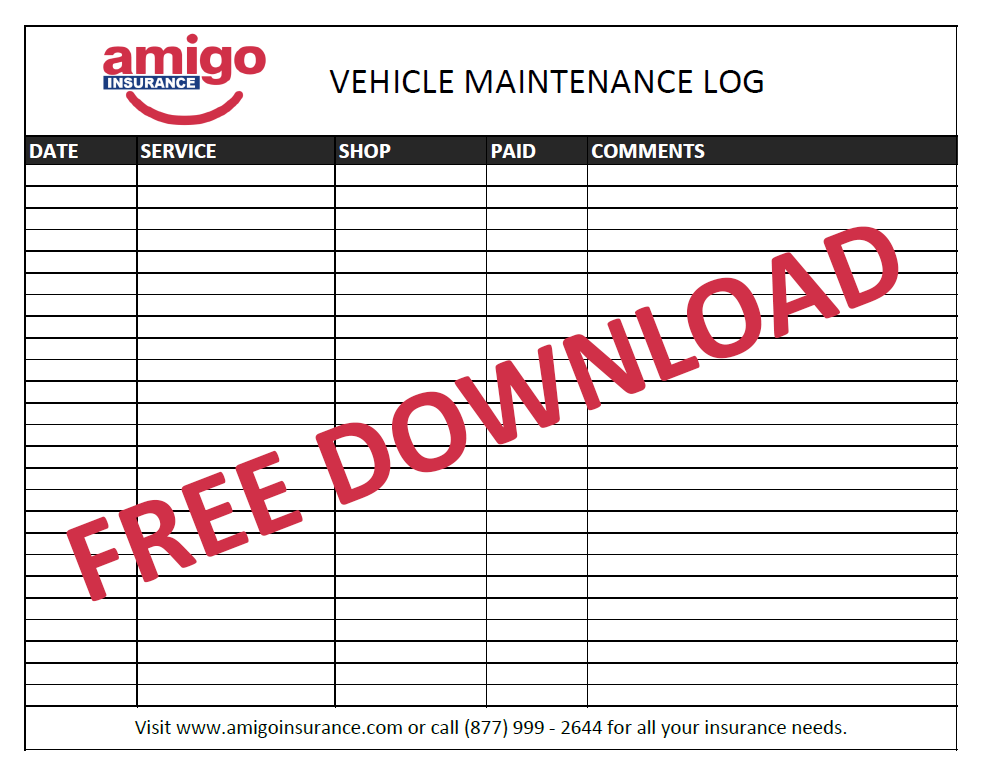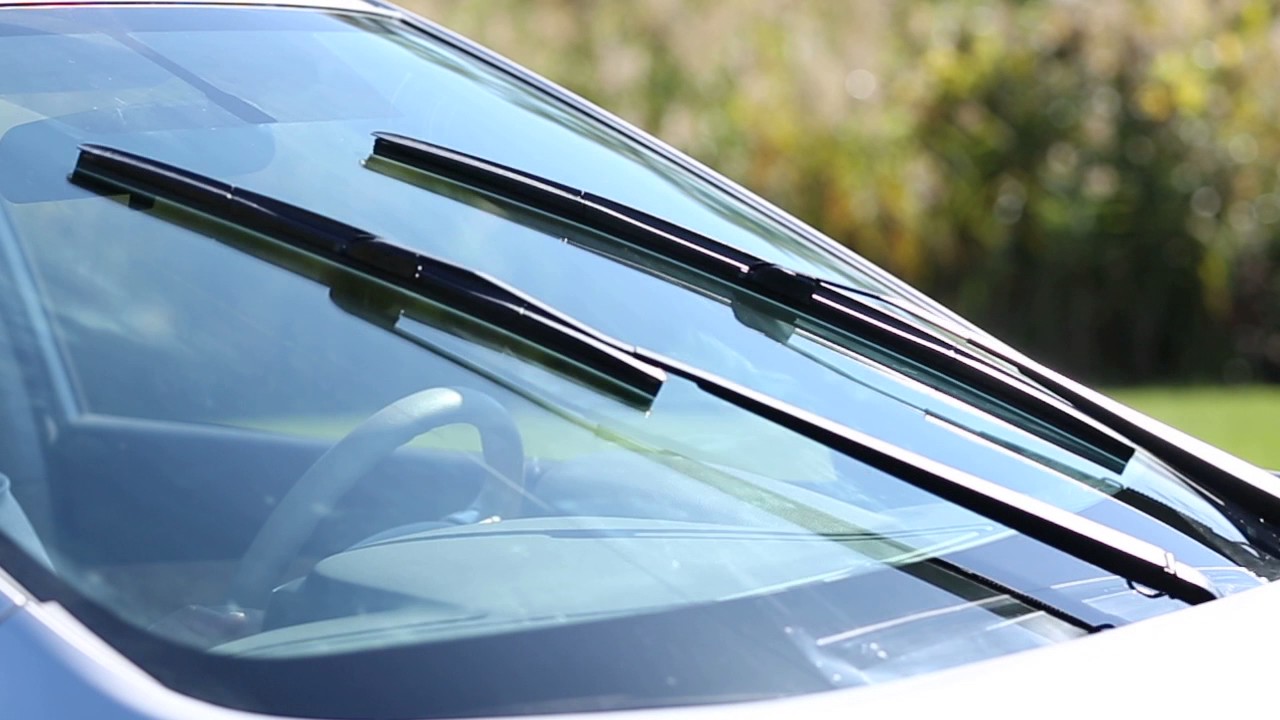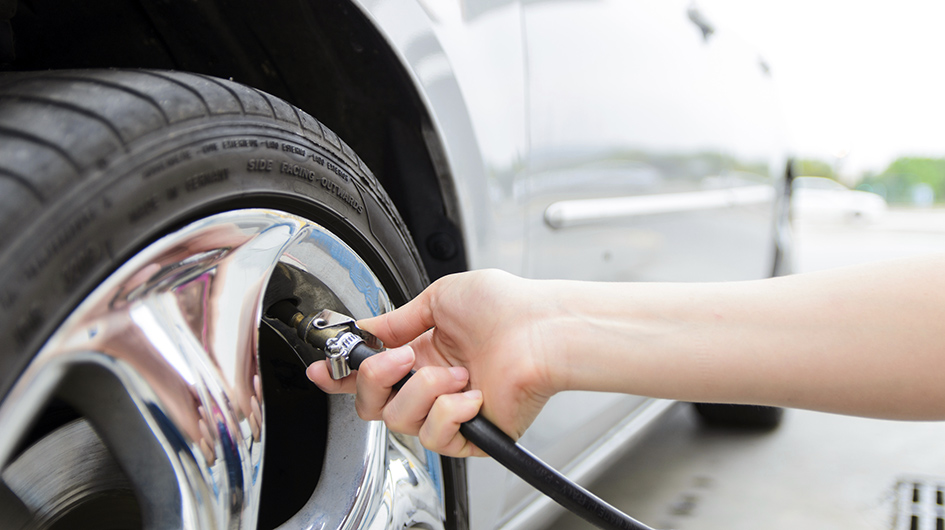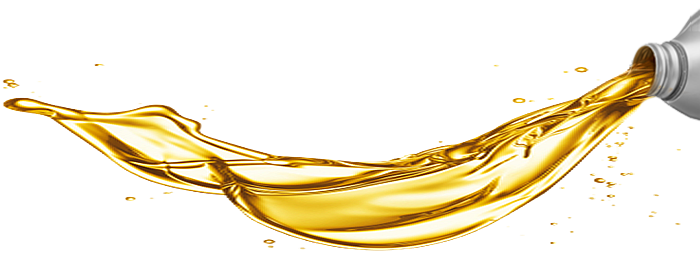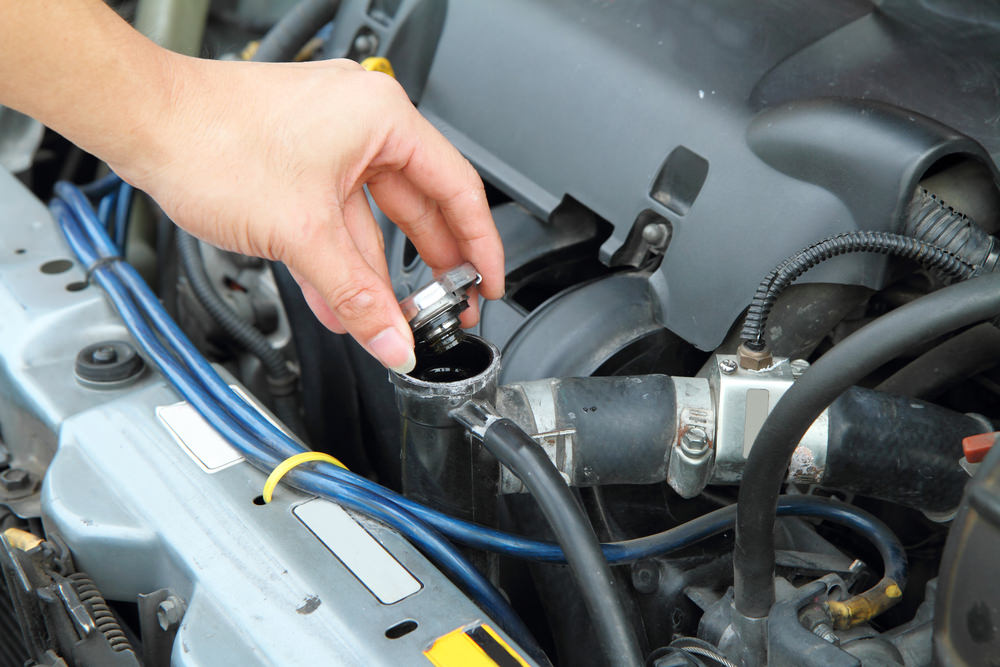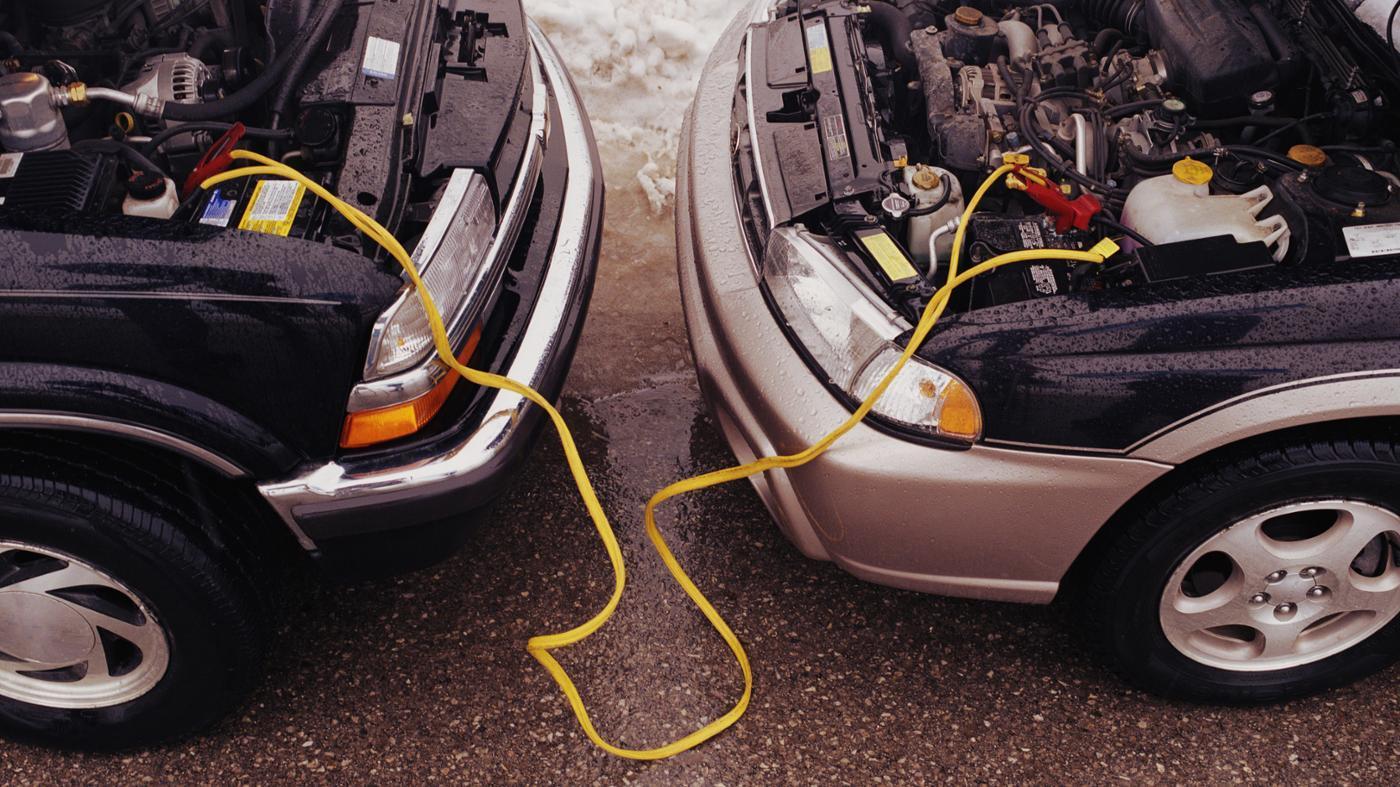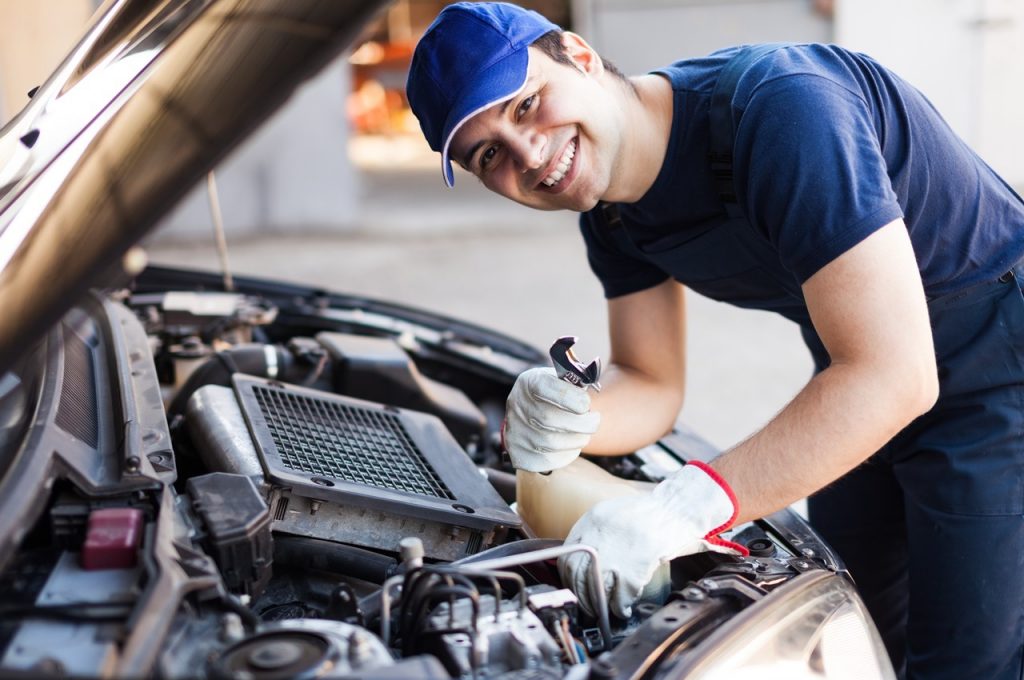Many of us think that we, the drivers, are the only influencer on our vehicles. However, that’s not the case. Often, your vehicle is its own influencer. A misbehaving car might create the potential to harm others.
A vehicle can greatly influence itself. At times, it might do so in ways that inappropriately affect the driver, passengers and others. A well-functioning car becomes important for your own safety.
Understanding The Importance of Car Maintenance
You wouldn’t get on an airplane if you knew it had malfunctioning parts. So, why should you drive a car that hasn’t received proper care. You likely don’t think much about wear and tear when you’re going down the road. However, every mile you put on your car puts a little bit of strain on the car’s internal systems. They do, after all, have to work constantly to get you where you want to go. Over time, the wear and tear on your car will begin to mount. Eventually, parts on this well-oiled machine will need maintenance.
If you don’t properly maintain your car, you run the risk of breakdowns or catastrophic damage. That could lead to a lot of repair costs down the road. Neglect might even increase the chances of irreparable vehicle damage, car accidents and other malfunctions. Needless to say, you don’t want that to happen to you.
That’s why regular car maintenance is so important. If you can keep your car in good working order, it will keep you safer on the road. Don’t let maintenance neglect get in your way of safe driving.
Taking Care of Your Vehicle
Most vehicles require standard maintenance every few thousand miles. The right attention to your vehicle can help extend its operating lifetime. This often means you won’t have to buy a new car earlier because you didn’t take care of the old one. That’s speaks volumes—and money—to most people.
When you buy the car, it will likely come with manufacturer maintenance recommendations. The guide can help you determine when to receive maintenance and what services you’ll need. Always follow the manufacturer’s directions when getting car service.
- Many Americans take their vehicles to their dealerships for regular maintenance. Others take the cars to independent mechanics. When searching for a mechanic, do your research. You should always choose certified, trusted providers. They should have a reputation of fast, affordable and most importantly accurate service.
- If your car has special designs, like hybrid or electrical functions, ensure your mechanic knows how to service it. Some mechanics are not specialists in these high-tech vehicles.
- Ask if your vehicle has a service warranty from the dealer or manufacturer. These warranties might help drivers qualify for very low-cost maintenance and parts replacement.
- One of the most important regular services you can receive is an oil change. Your oil system helps keep the engine and other internal systems lubricated. This ensures that they run smoothly. Regular oil changes can help remove contaminants from internal systems.
- During oil changes, your mechanic will usually check your engine as well. Your engine might need cleaning, filter changes and other maintenance over time. Engine neglect might lead to fires, explosions, failures and damage to other systems. Drivers should never neglect engine maintenance.
- You car’s battery helps the car start, run and idle. Usually, by running your engine you supply the battery with power. However, the battery will age, becoming less reliable over time. Therefore, you will likely need to replace the battery every five years or so. Never neglect replacing a battery. An old or damaged battery can put undue strain on other internal systems. Your mechanic can check your battery during your maintenance.
- Have your mechanic rotate, refill or replace your tires as needed. Improperly inflated or tread-worn tires might lead to control issues, making driving unsafe. You don’t want to experience an accident because your tires don’t work as they should.
There are usually other comprehensive maintenance tasks you might need. These might include HVAC, electrical or carriage services. Ask your mechanic if they can completely inspect the interior and exterior systems of the vehicle during your maintenance. Most mechanics will likely do this anyway. Direct their attention to any sounds, smells or noises you have noticed while driving. This might help them diagnose ongoing problems.
Can Car Insurance Help With Maintenance?
Usually, your standard car insurance won’t pay for a normal maintenance checkup. Insurance means to help drivers who experience unintentional or unavoidable vehicle damage. Maintenance doesn’t fall under this category. However, if you have to receive maintenance as the result of a vehicle accident or other damage, you might be able to file a claim.
Therefore, it’s best for most drivers to take care of their cars under all circumstances. The better your car works, the lower your chances of experiencing costly, harmful damages. Therefore, consider your maintenance duty to be one of safety.
Call us for a Chicago auto insurance quote at 877-999-2644.
